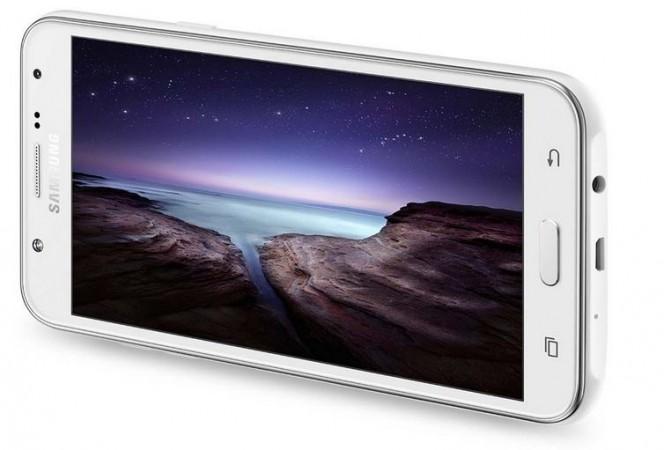
Samsung's upcoming mid-range smartphone, the Galaxy J5 (2017), is back in news after a lull. People expected it to arrive in last quarter of 2016 as its predecessor was launched in the month of November but it didn't happen and hype flew out of the window. It has now been spotted on GFXbench, giving a hint that its launch could be nearing.
The South Korean technology giant hasn't announced the release date of its upcoming Galaxy J-series but several reports have claimed that the Galaxy J7 (2017) is expected to be launched in the United States on April 10. Interestingly, the Galaxy J5 (2016) was released in April last year and the Galaxy J3 (2017) has already been cleared by the FCC and TENAA, so it won't come as a surprise if they arrive along with their sibling J7 next month.
Also read: Samsung Galaxy J5 (2017) could come with Android 7.0 Nougat
The Galaxy J5 (2017) could attract lots of attention, especially from those who love taking selfies, if specification mentioned on GFXbench is anything to go by. According to the website, the device with model number SM-J530 will mount a 12MP (4,128x3,096) selfie camera, same as the main camera. It is also spotted with a 4.8-inch display with 1,280x720 screen resolution, an octa core Samsung Exynos 7870 processor clocking at 1.5GHz, a 16GB internal memory, a 2GB RAM, and an Android 7.0 Nougat operating system.
The same device was earlier spotted on Geekbench with model number SM-J530FM. It was spotted with an Exynos 7870 processor clocking at 1.59 GHz, a 2GB RAM, and an Android 7.0 Nougat, which is in sync with the details seen in GFXbench.
Meanwhile, the Galaxy J3 (2017) is expected to feature a 5-inch screen, a 1.2GHz quad-core Qualcomm Snapdragon 820 processor, an Android 6.0.1 Marshmallow, a 16GB internal storage, a 2GB RAM, an 8MP main camera and a 2,600mAh battery. On the other hand, the Galaxy J7 (2017) is expected to have a big screen, a 5.5-inch touchscreen with 1,280x720p, an Exynos 7870 processor clocking at 1.5 GHz, and an Android 7.0 Nougat operating system according to GFXBench benchmarking site.
(Source: GFXbench)

















